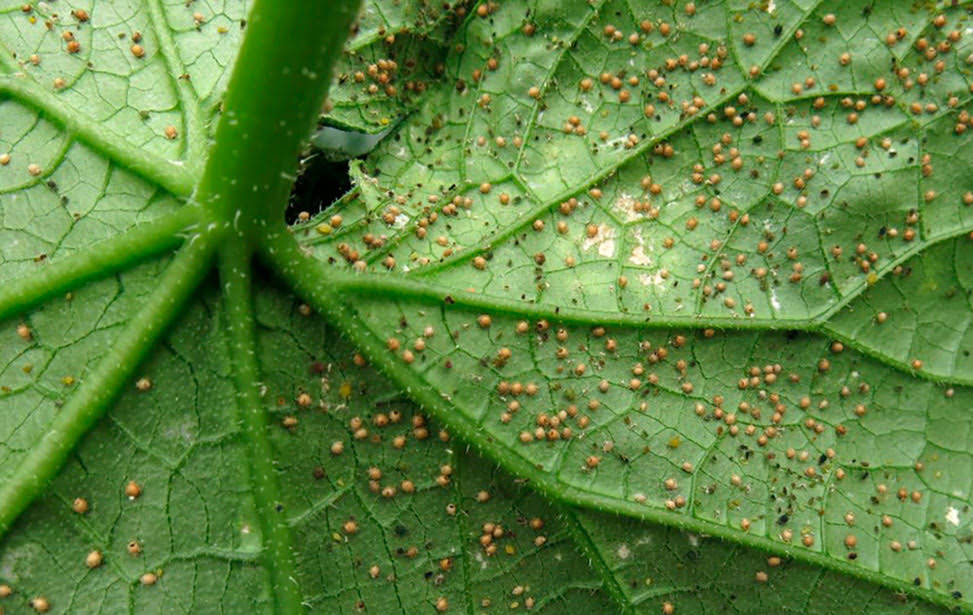- English

Whether they are used in a preventative or a curative approach, parasitic wasps and gall midges are the cornerstone of a reliable aphid control strategy.
Nature today is full of life. It is also time of the season for aphids, which are invading greenhouses in Western Europe. For cucumber growers, aphids are among the most problematic pests.
Biological control of aphids rests mostly on the introduction of parasitic wasps and gall midges. The female insects look actively for aphid hot spots to lay their eggs. When these eggs hatch, the larvae devour the helpless aphids.
But how can a grower know which beneficial he should introduce and moreover when is the appropriate moment to do so? “It depends on whether the grower knows exactly which species are present in his crops,” tells Pascal Briand, IPM and Pollination Specialist at Biobest. “If he has only spotted small aphids, like the green peach aphid (Myzus persicae) and the cotton aphid (Aphis gosypii), he can rely on two parasitic wasps as part of a curative strategy: Matricariae-System (Aphidius matricariae) and/or Aphidius-System (Aphidiuscolemani). However small, these aphid species are notorious for their rapid distribution.”
For bigger species, like the glasshouse potato aphid (Aulacorthum solani) and the potato aphid (Macrosiphum euphorbiae), Pascal advises the use of (Ervi-System) Aphidius ervi and Aphelines-System (Aphelinus abdominalis). “These need to be put on damp, shady spots between the crops to guarantee the best result.”
If growers don’t know which aphid species are present, or if they want to maintain a thorough preventative strategy, they can opt for Biobest’s Aphi-Mix-System. This is a mixture of the four species of parasitic wasps in the same package.
Last but not least, the parasitic gall midge Aphidoletes-System (Aphidoletes aphidimyza) is a strong complementary weapon against aphids. In contrast to the parasitic wasps, the gall midge isn’t very choosy regarding his diet. “Its offspring eats literally every aphid species,” says Pascal. “Moreover, thanks to the large cucumber leaves, the larvae have an excellent mobility. Only a few larvae per leaf is enough to destroy a complete aphid population.”
Because of this complementarity, Pascal strongly recommends to apply the gall midges in combination with the parasitic wasps.